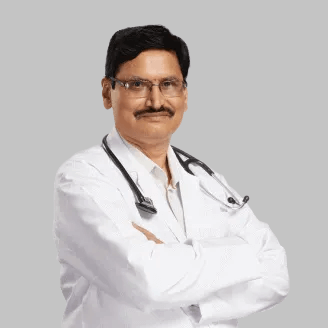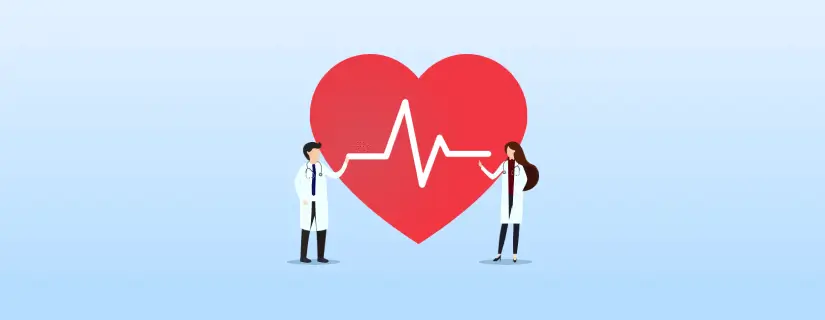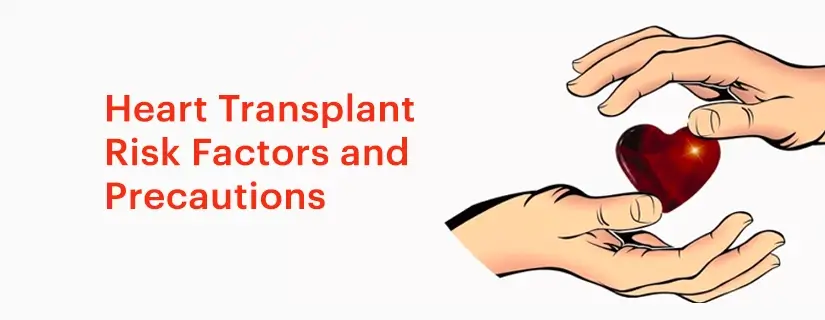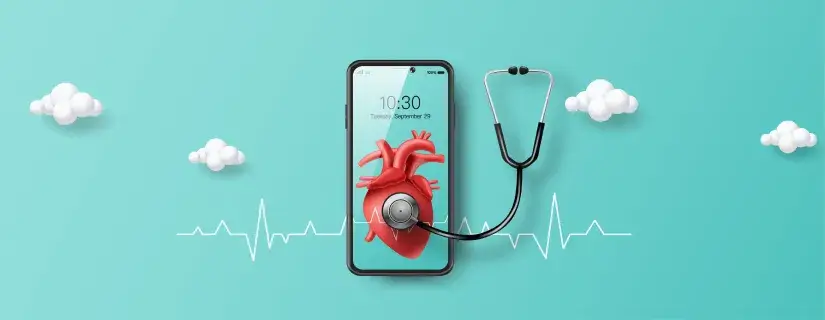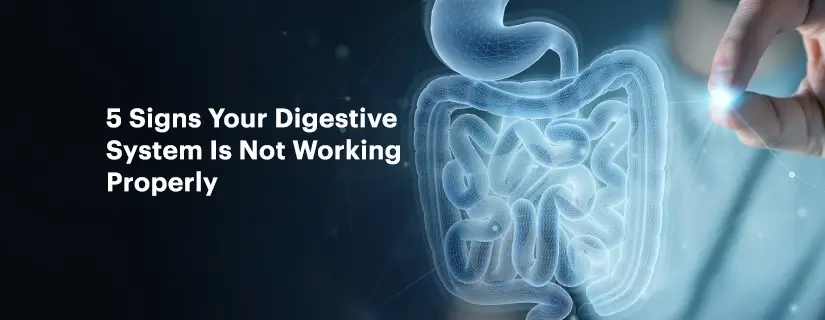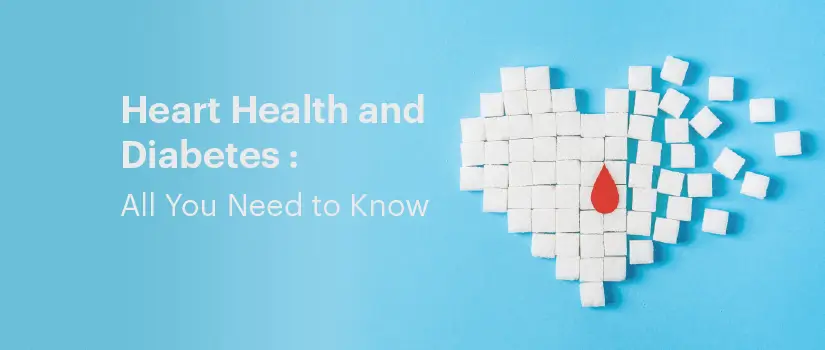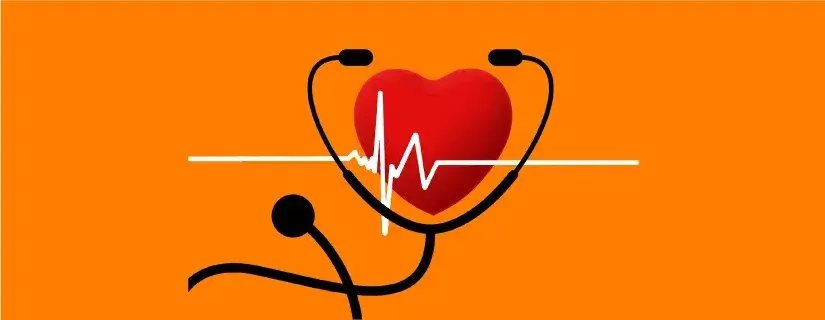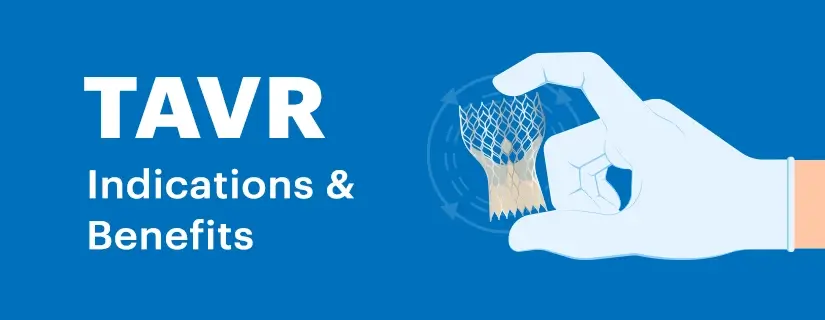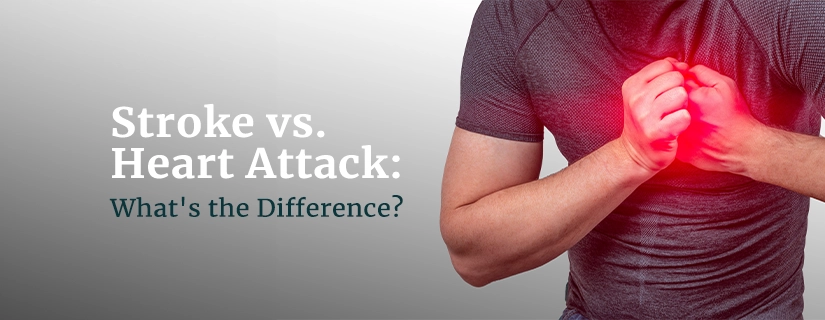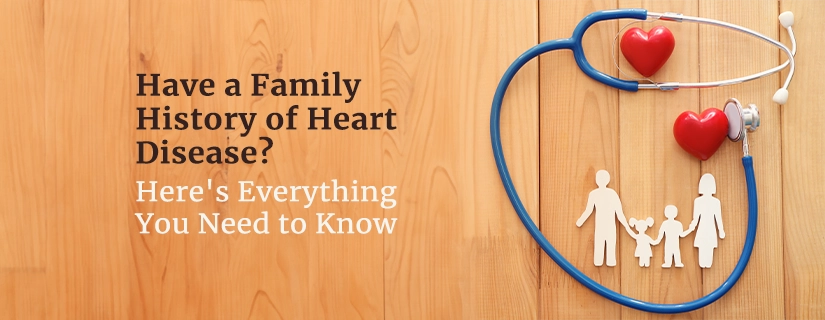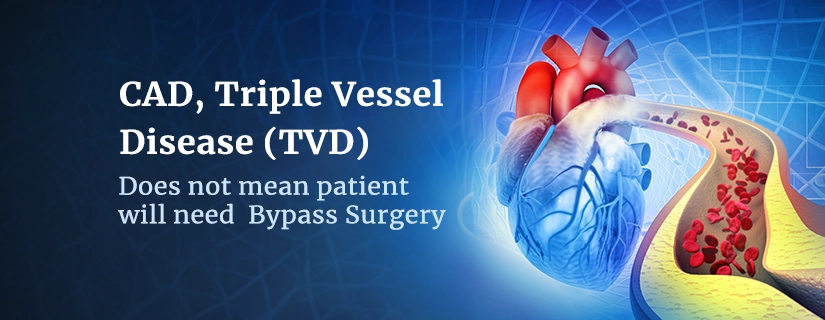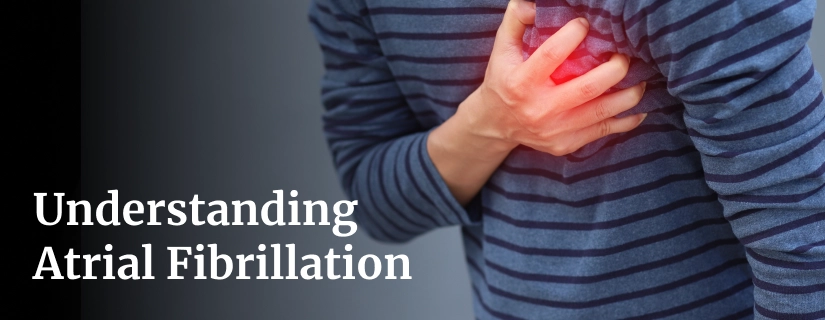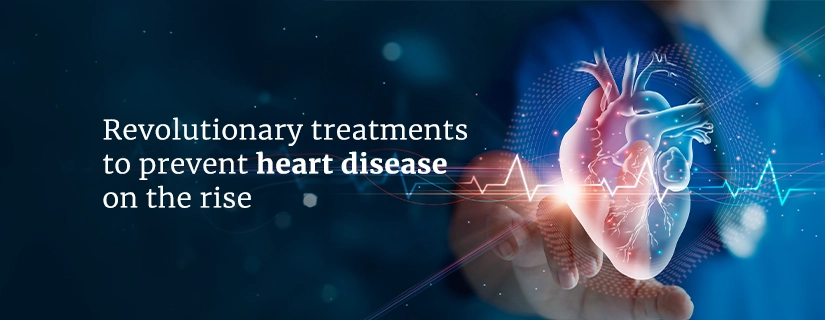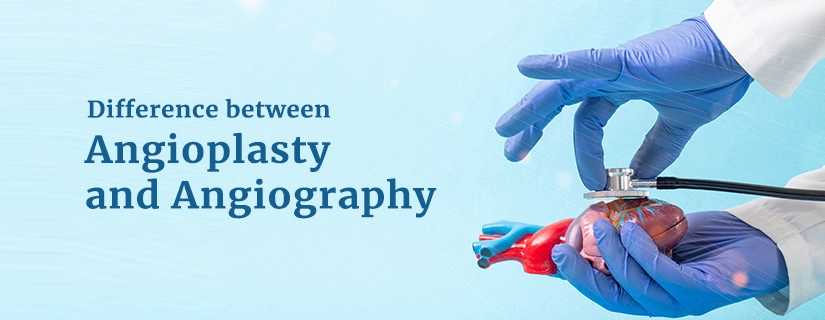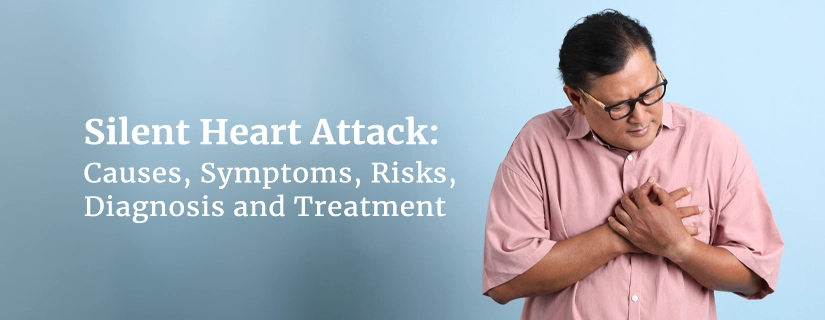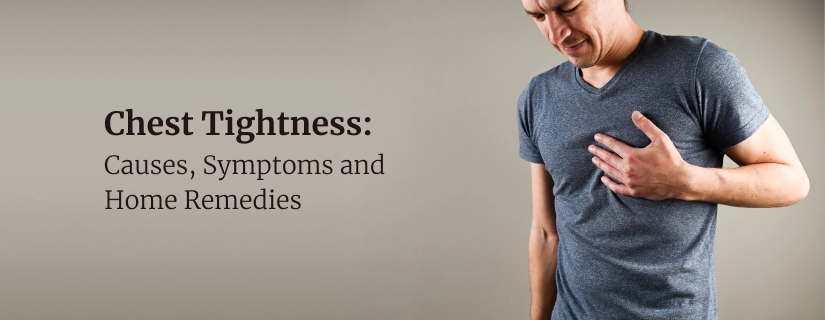-
Doctors
-
Specialities & Treatments
Centre of Excellence
Specialties
Treatments and Procedures
Hospitals & Directions HyderabadCARE Hospitals, Banjara Hills CARE Outpatient Centre, Banjara Hills CARE Hospitals, HITEC City CARE Hospitals, Nampally Gurunanak CARE Hospitals, Musheerabad CARE Hospitals Outpatient Centre, HITEC City CARE Hospitals, Malakpet
HyderabadCARE Hospitals, Banjara Hills CARE Outpatient Centre, Banjara Hills CARE Hospitals, HITEC City CARE Hospitals, Nampally Gurunanak CARE Hospitals, Musheerabad CARE Hospitals Outpatient Centre, HITEC City CARE Hospitals, Malakpet Raipur
Raipur
 Bhubaneswar
Bhubaneswar Visakhapatnam
Visakhapatnam
 Nagpur
Nagpur
 Indore
Indore
 Chh. Sambhajinagar
Chh. SambhajinagarClinics & Medical Centers
Book an AppointmentContact Us
Online Lab Reports
Book an Appointment
Consult Super-Specialist Doctors at CARE Hospitals
Left Ventricular Dysfunction (LV Dysfunction): Symptoms, Causes, Diagnosis and Treatment
Updated on 19 January 2024
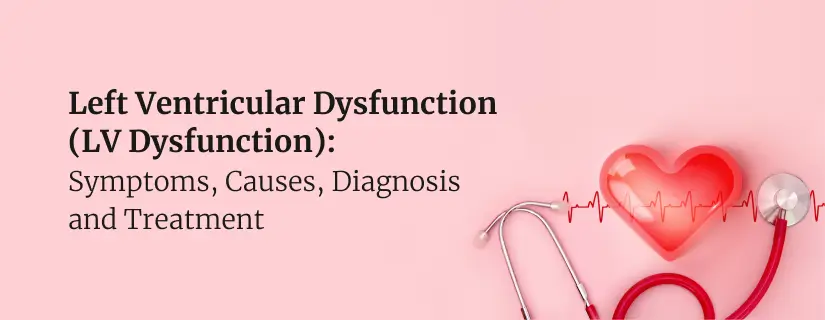
Table of Content
- What is Left Ventricular Dysfunction (LV Dysfunction)?
- Symptoms of Left Ventricular Dysfunction
- Causes of Left Ventricular Dysfunction
- Tests to Diagnose Left Ventricular Dysfunction
- Left Ventricular Dysfunction Treatment
- How can I prevent left-sided heart failure?
- Management of LVD with Lifestyle Changes
- Changes in Heart with LVD
- Conclusion
- FAQs
The heart serves as the body's central pumping station, ensuring oxygen-rich blood which is efficiently distributed throughout the body. The left ventricle, one of the heart's four chambers, plays an essential role in this process. The left ventricle's primary job is to pump blood rich in oxygen to every region of the body. When the left ventricle is unable to function properly, it can lead to a medical condition known as Left Ventricular Dysfunction (LV Dysfunction). This medical condition of the heart can have a significant impact on a person's health and overall well-being.
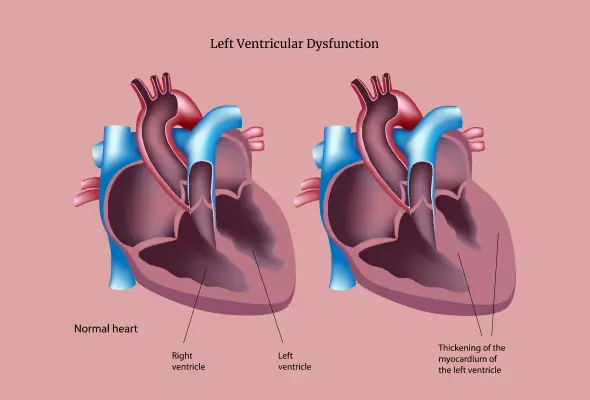
What is Left Ventricular Dysfunction (LV Dysfunction)?
Left Ventricular Dysfunction, often referred to simply as LV Dysfunction, is a condition in which the left ventricle of the heart does not contract as effectively as it should. This reduced ability to contract and pump blood is commonly associated with a condition called heart failure, which can be either systolic heart failure or diastolic heart failure. LV Dysfunction can be further classified into two main types:
- Systolic Heart Failure - Left ventricular systolic dysfunction causes the ventricle to have trouble contracting firmly, which lowers the ejection fraction, the amount of blood the ventricle pumps out with each beat. Around 55-70% is considered a standard ejection. Systolic dysfunction, which reduces the heart's capacity to pump blood efficiently, is indicated when it drops below this range.
- Diastolic Heart Failure - The inability of the left ventricle to properly relax and fill during the diastolic portion of the cardiac cycle is known as diastolic dysfunction. This causes the left ventricle's pressure to rise and its ventricular filling to be compromised.
Symptoms of Left Ventricular Dysfunction
Left ventricular dysfunction symptoms can be subtle in the early stages and may progress over time. Common symptoms of severe left ventricular dysfunction include:
- Breathing difficulties are a typical sign of left ventricular dysfunction, particularly after vigorous activity or while the patient is lying flat.
- Persistent tiredness and a lack of energy can be early signs of left ventricular dysfunction, as the heart struggles to meet the body's demands for oxygen.
- Fluid retention can cause swelling in the legs, ankles, and feet, a condition known as oedema. This occurs because the heart's inability to pump blood effectively can cause fluid buildup in the body.
- Individuals with left ventricular dysfunction may experience palpitations, a racing heart, or irregular heartbeats.
- Some patients may suffer chest pain, pressure, or discomfort, which can be the symptoms of decreased blood supply to the heart muscles.
- A persistent cough, typically accompanied by frothy or pink-tinged sputum, might be an indication of fluid buildup in the lungs.
- Those suffering from LV dysfunction may find it difficult to get involved in physical activities and may become easily exhausted during exercise.
As time passes, the heart may attempt to compensate by pounding with greater force. This leads to damage, which may result in the following:
- High blood pressure
- Rapid heart rate
- Enlarged heart
- Less blood flow to the arms & legs
Causes of Left Ventricular Dysfunction
Left ventricular dysfunction can result from a variety of underlying causes. Some common causes of LV dysfunction include:
- Coronary Artery Disease (CAD) - The most common cause of LV dysfunction is CAD, which occurs when the coronary arteries supplying the heart muscle become narrowed/blocked by a buildup of cholesterol and plaque.
- Hypertension (High Blood Pressure) - Prolonged high blood pressure can lead to LV dysfunction by causing the left ventricle of the heart to work harder to pump blood, leading to thickening and stiffening of the heart muscle.
- Valvular Heart Disease - Heart valve problems can cause abnormalities in the heart's blood flow and pressure, which may result in LV dysfunction.
- Cardiomyopathy - Cardiomyopathy is a group of heart muscle diseases that can weaken the heart and lead to LV dysfunction.
- Diabetes - Blood arteries may harden as a result of high blood sugar. It can lead to muscle thickening since it puts more strain on the heart.
- Obesity - Being overweight or obese increases the strain on the heart and can contribute to LV dysfunction.
- Obstructive Sleep Apnea (OSA) - A patient with OSA will cease breathing while asleep. The body undergoes a complicated series of modifications as a result. These modifications include elevated blood pressure, decreased cardiac oxygen supply, and heightened nervous system activity. The supply and demand of oxygen are not matching as a result of these changes. It further increases the chance of developing additional cardiac diseases, including diastolic and systolic heart failure.
- Kidney Disease - Chronic kidney disease might lead to the condition of fluid retention and increased strain on the heart.
- Family History - A family history of heart disease may increase the risk of developing LV Dysfunction.
- Age - As individuals age, the risk of LV dysfunction increases as the heart undergoes natural changes.
- Sedentary lifestyle - Anybody who is physically inactive runs an increased risk of obesity, diabetes, coronary heart disease, and high blood pressure. Any of these disorders can cause diastolic heart failure or LV dysfunction.
Tests to Diagnose Left Ventricular Dysfunction
Several tests and procedures are commonly used to confirm the presence of LV dysfunction and determine its underlying cause. These diagnostic tools may include:
- Echocardiogram - An echocardiogram, or cardiac ultrasound, uses sound waves to create detailed images of the heart's structure and function. It can assess the size of the heart chambers, ejection fraction, and the presence of any valve abnormalities.
- Electrocardiogram (ECG or EKG) - An ECG records the electrical activity of the heart, helping to identify any abnormal heart rhythms or patterns.
- Cardiac MRI (Magnetic Resonance Imaging) - A cardiac MRI provides detailed images of the heart, allowing for a more in-depth assessment of cardiac structure and function.
- Lab Test - Tests on the blood and urine might be performed to look for conditions that could compromise heart health. Tests may be performed in order to evaluate liver & kidney function, blood sugar, and cholesterol levels.
- Cardiac Catheterisation - In this invasive procedure, a thin, flexible tube (catheter) is inserted into the heart's blood vessels to measure pressure, take samples, and assess blood flow.
- Stress Tests - Stress tests, including exercise stress tests or pharmacological stress tests, can evaluate how the heart responds to increased workload and detect any areas of reduced blood flow.
Left Ventricular Dysfunction Treatment
Left ventricular dysfunction treatment can involve a combination of lifestyle modifications, medications, and surgeries for severe left ventricular dysfunction treatment:
Lifestyle Modifications:
- A heart-healthy diet that is low in salt and saturated fats can help manage LV dysfunction. Reducing sodium intake is crucial to prevent fluid retention.
- Regular physical activity, as per the guidance of a healthcare provider, can improve heart health and overall well-being.
- The stress on the heart can be lessened by achieving and maintaining a healthy weight.
- Quitting smoking is essential for cardiovascular health.
- Addressing substance abuse and excessive alcohol consumption is crucial.
Medications:
- Diuretics help reduce fluid retention by promoting the excretion of excess fluids through the kidneys.
- ACE Inhibitors or ARBs can help relax blood vessels and lower blood pressure.
- Beta-blockers lessen the burden on the heart by slowing the heart rate.
- Calcium Channel Blockers can help relax blood vessels and lower blood pressure.
- Digoxin may be used to improve heart function and control heart rate.
- Adversary of the mineralocorticoid receptor eliminates extra fluid and salt from the body while retaining potassium.
- To decrease cholesterol levels and lessen the risk of atherosclerosis, doctors may prescribe statins.
Surgery:
- Angioplasty & Stent Placement - In cases of coronary artery disease, angioplasty and stent placement may be performed to open blocked or narrowed arteries.
- Coronary Artery Bypass Grafting (CABG) - CABG surgery can bypass blocked coronary arteries to improve blood flow to the heart.
- Valve Repair or Replacement - If valvular heart disease is contributing to LV dysfunction, surgical repair or replacement of heart valves may be necessary.
- Implantable Devices - Some patients may benefit from implantable devices like pacemakers or defibrillators to regulate heart rhythms.
- Heart Transplant - In severe cases of LV dysfunction, a heart transplant may be considered when other treatment options are no longer effective.
Conclusion
Left Ventricular Dysfunction is a complex and potentially life-threatening condition that can significantly impact an individual's quality of life. Early detection and effective management are crucial in providing the best outcomes for those affected by this medical condition. As with many cardiovascular conditions, prevention is key, and individuals can take specific steps to reduce their risk of developing LV dysfunction by maintaining a healthy lifestyle.
FAQs
1. How serious is left ventricular failure?
The severity of LV failure symptoms and the underlying cause of left-sided heart failure determine the prognosis for the medical condition. With medication and lifestyle adjustments, some will get well. Others may face a life-threatening diagnosis of left-sided heart failure.
2. How do you detect left ventricular dysfunction?
Heart failure is diagnosed clinically. In addition to performing a physical examination, the doctor will inquire about your symptoms and the medical history of your family. Your doctor may order lab and imaging tests to examine your heart if they believe you have left ventricular hypertrophy.
3. Can LV dysfunction be cured?
Individuals without coronary artery disease who have diastolic dysfunction often live about the same amount of time as people in the general population. The treatment may be more challenging if you already have diastolic dysfunction and other cardiac conditions, such as coronary artery disease or systolic heart failure.
4. How can the LV function be restored?
Defibrillators are devices that help return left ventricular function to normal.
ENQUIRY FORM
SELECT CATEGORIES
-
Neurosciences (16)
-
Neurology (37)
-
Neurosurgery (14)
-
Orthopaedics (48)
-
Oncology (33)
-
Obstetrics and gynecology (51)
-
Pulmonology (23)
-
Urology (20)
-
Nephrology (13)
-
Psychiatry (7)
-
Dietetics and Nutrition (111)
-
General Medicine (63)
-
Cardiac Sciences (30)
-
Vascular & Endovascular Surgery and Interventional Radiology (10)
-
Gastroenterology (46)
-
Endocrinology (23)
-
Plastic Surgery (10)
-
Critical Care Medicine (5)
-
COVID-19 (16)
-
Dermatology (16)
-
Emergency Care (1)
-
Ophthalmology (4)
-
Pediatrics (14)
-
Laparoscopic and Bariatric Surgery (8)
-
ENT (15)
-
Kidney Transplant (1)
-
Liver Transplantation and Hepatobiliary Surgery (5)
-
General Surgery (3)
-
Internal Medicine (5)
-
Medicine Information
Normal Heart Rate: Range, When It's Dangerous, and More
Dangerous Heart Rate vs Normal Heart Rate: Know the Difference
YOU MAY ALSO LIKE
RECENT BLOGS
-
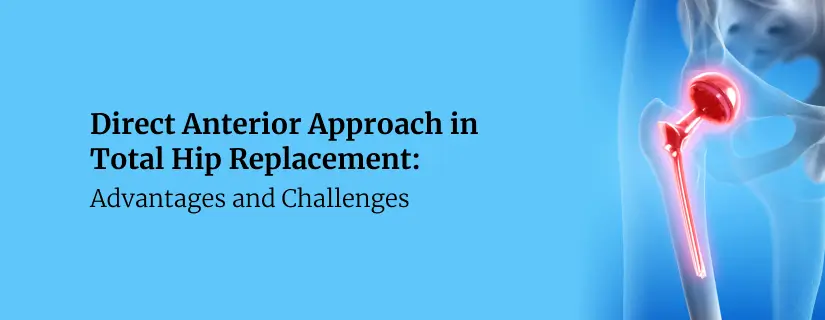
Direct Anterior Approach in Total Hip Replacement: Advantages and Challenges
10 April 2025
Read More
-
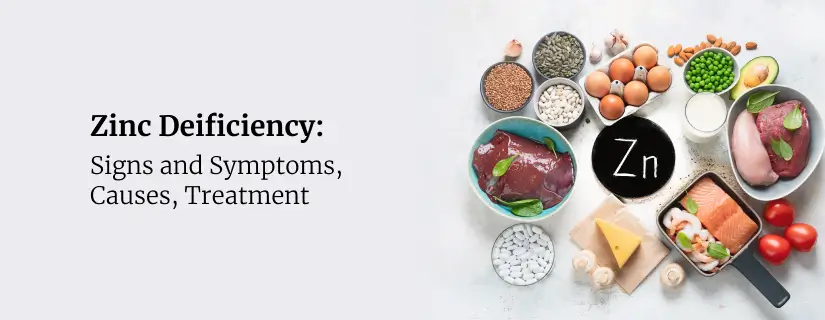
Zinc Deficiency: Signs and Symptoms, Causes, Treatment
9 April 2025
Read More
-

Chest Pain When Coughing: Causes, Treatment and Home Remedies
9 April 2025
Read More
-

12 Health Benefits of Eating Mushrooms
8 April 2025
Read More
-

7 Health Benefits of Blood Donation You Should Know About
8 April 2025
Read More
-

Implantation Bleeding Vs Periods: Know the Difference
28 February 2025
Read More
-

Bloating During Ovulation: Symptoms, Causes and Remedies
28 February 2025
Read More
-

Itching During Dengue: Causes, Treatment and Home Remedies
18 February 2025
Read More
Have a Question?
If you cannot find answers to your queries, please fill out the enquiry form or call the number below. We will contact you shortly.


